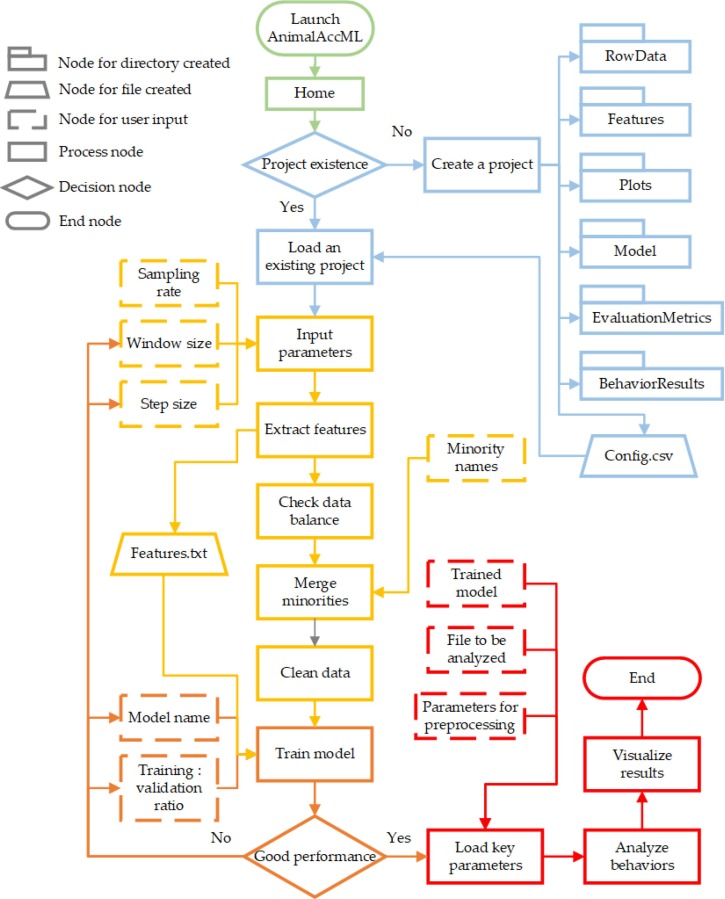June 2023 | COMPUTERS AND ELECTRONICS IN AGRICULTURE
The University of Georgia conducted a study to design and develop a user-friendly tool for customized machine learning model development and animal behavior analysis using accelerometer data. Automated collection of accelerometer data and machine learning modeling are common methods for recognizing animal behavior, but there is a lack of accessible tools for these tasks.
The researchers created a graphical user interface programmed in Python, which is publicly available for open access. The interface includes pages for managing projects, preprocessing data, developing models, and analyzing behavior. They used an open dataset of triaxial accelerometer data from six beef cattle to test the interface.
The results showed that users can easily customize machine learning models for behavior analysis through the interface. They can select and train from 15 different models to find the optimal one. Model performance can be improved by adjusting parameters such as window size, step size, and training-to-validation ratio. The tool also addresses data imbalance by merging minority classes into one. The developed model allows for analyzing overall behavior time budget, behavior duration statistics (mean, minimum, maximum, standard deviation), and frequency of behavior sequences.
This tool is significant for automated animal behavior analysis, which can contribute to improving animal welfare, housing environments, genetics selection, and flock management.






